
The government's decision to mark digital attendance for the workers of the National Employment Guarantee program, the MNREGA, is one of several leaps to digitalisation that ignores the country's Digital Divide and excludes millions. This week's TypeRight looks into some of these exclusions.
On 16th May 2022, the Ministry of Rural Development in India issued a notification making it mandatory for attendance of NREGA workers to be recorded on a web application called National Mobile Monitoring System (NMMS App) instead of recording daily attendance on muster rolls at worksites. To put this in perspective, there are 15.2 crore active NREGA workers working on 6.8 crore worksites.
If one were to think that this would be a good move for 'digital India,' and one that would improve 'productivity' and remove the 'lazy,' they would have seen this article which claims "The digital attendance would make sure that only genuine workers are paid, and any kind of pilferage is stopped":
However, this would be a very narrow understanding of the situation of the digital divide in India. To start with, one can look at an instruction video on how to enable and get this app running, or look at this page here:
Clearly, these are not the simplest instructions to follow, especially when people are not comfortable or experienced with digital devices and software.
This is why the digitalisation comes at a significant cost, to some of the most disadvantaged sections of society, trying to find work through the national employment guarantee scheme. The MNREGA, as several reports suggest, have been important bringing about a lot of changes:
Many studies (Drèze, 2008; Dutta et al., 2014; Khera & Nandini, 2009; Papola, 2005; Ranaware et al., 2015; Reddy et al., 2010, Nagaraj et al., 2018) on MGNREGA have concluded that the program has (i) reduced distress migration among rural poor, (ii) smoothened rural consumption in the lean season (iii) set high standards in transparency, (iv) addressed under-employment problem (v) created assets that improved livelihoods, (vi) gave a boost to the financial inclusion, (vii) strengthened local governance, (viii) improved the wage levels in rural areas and thereby increased the income levels of the poorest of the poor, (xi) set standards for decent working conditions, and (x) helped bring fallow lands into cultivation.
(Source: Has India’s Employment Guarantee Program Achieved Intended Targets, SAGE)
But now, digitalisation has thrown this off balance.

For one, asking for time stamped photos, as the activists point out, is "direct contravention of Section 3 of the Act which clearly states that workers are entitled to their wages under MGNREGA on the basis of work completed by them that is on a piece rate basis," and forces the workers to "stay for a specified number of hours irrespective of when they finish their work."
More importantly, if one were to look at the instruction video posted above, it is seen that the app is fully in English as of now- rendering it immediately inaccessible to a vast majority of the country's population.
This is not something new, nor the only instance. As our country rapidly moves to digitalise the most basic of services, schemes and benefits for the common people, the other side of the situation is hardly noticed by those thinking and executing such plans. It was the NITI Aayog themselves who had admitted recently that half of India's population still has no access to the internet.
Over the past several years, the Digital Empowerment Foundation has been part of tracking such inequalities and making both the authorities and the public aware of how rights are being violated.
This report from 2016, part of the India Exclusion Report, for example, highlights how the digital divide had impacted a lot of benefits that are now made available only through the internet.

In our previous chapters of TypeRight, we had focused on how the pandemic and online vaccine registration had delayed inoculation for tens of thousands of people, and how for many in the second wave of the pandemic, this proved even fatal. This DEF report details the exclusionary process of COWIN, India's vaccine portal that remains in use even today. After criticisms, the government announced options for spot, at-centre registration for vaccines, and expanded the languages in the portal from English and Hindi to several others.

The pandemic, lockdowns, and the loss of employment left millions in doubt of basic necessities like food. While the government tried to ward of a mass crisis by providing basic rations to people, it hit another snag in its digitalized records: the data used was old, and the pandemic made anyone without the digital know-how unable to get added to the list for rations. Our ground report had 2020 highlighted this issue.
DEF, along with IT for Change, Internet Freedom Foundation, the Bharath Krishak Samaj,All India Forum for Right to Education, and the Right to Education Forum is part of a program, Right Digitalisation, trying to track injustices and exclusions as the country goes digital. Keep following our website and blog for more updates on this.
In other news
This week has seen several instances of clampdowns on free speech, Internet shutdowns and online censorship.
Zubair, the co-founder of Alt-News, the independent fact-checking website that had worked towards fighting misinformation and hate speech being spread online was arrested yesterday for a tweet from 2018, under charges of hurting religious sentiments. This arrest comes days after another series of arrests of people critical of the government.
For another, the twitter accounts and tweets of several accounts critical to the government has been blocked or withheld in India.
onTwitter.png)
onTwitter.png)
All this happens, as the government makes tall promises at international summits, an irony this newspaper clipping juxtaposes:

After the government responded to protests against the Agnipath scheme in several parts of North India by cracking down on protestors and shutting internet and mobile network, another news from Telangana suggests yet another shutdown of internet services.
This infographic from the NewsLaundry provides insights into what Indian Media chooses to debate at primetime.
And this report from TRT tells us how and who the youth now trusts for their news content.
DEF Updates
Here are some updates from Mumbai, where the Gully Classes Foundation's new computer lab for their children who come from streets and unauthorised colonies. The digital lab has been supported by DEF:
DEF's Going Online as Leaders (GOAL) and Soochnapreneur program for its impact has been featured in NDTV's show. Watch it here:
These pictures from workshop as part of SmartPur project:
Until next week!

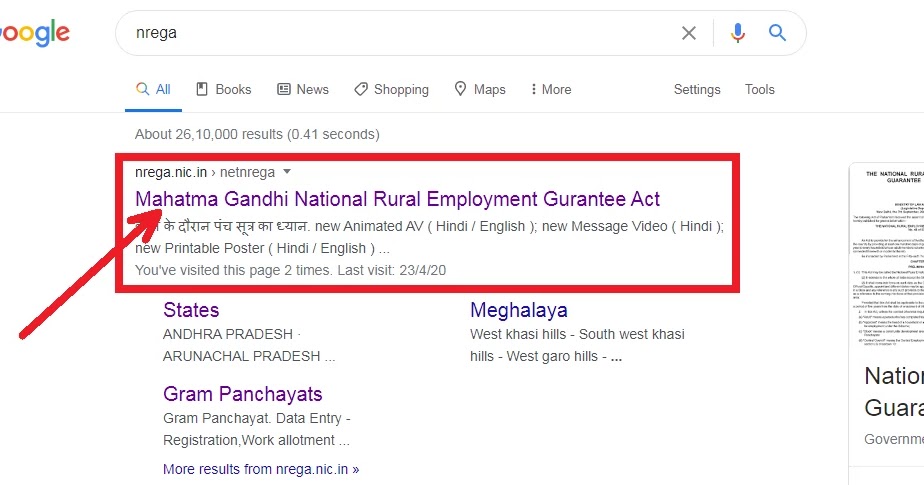


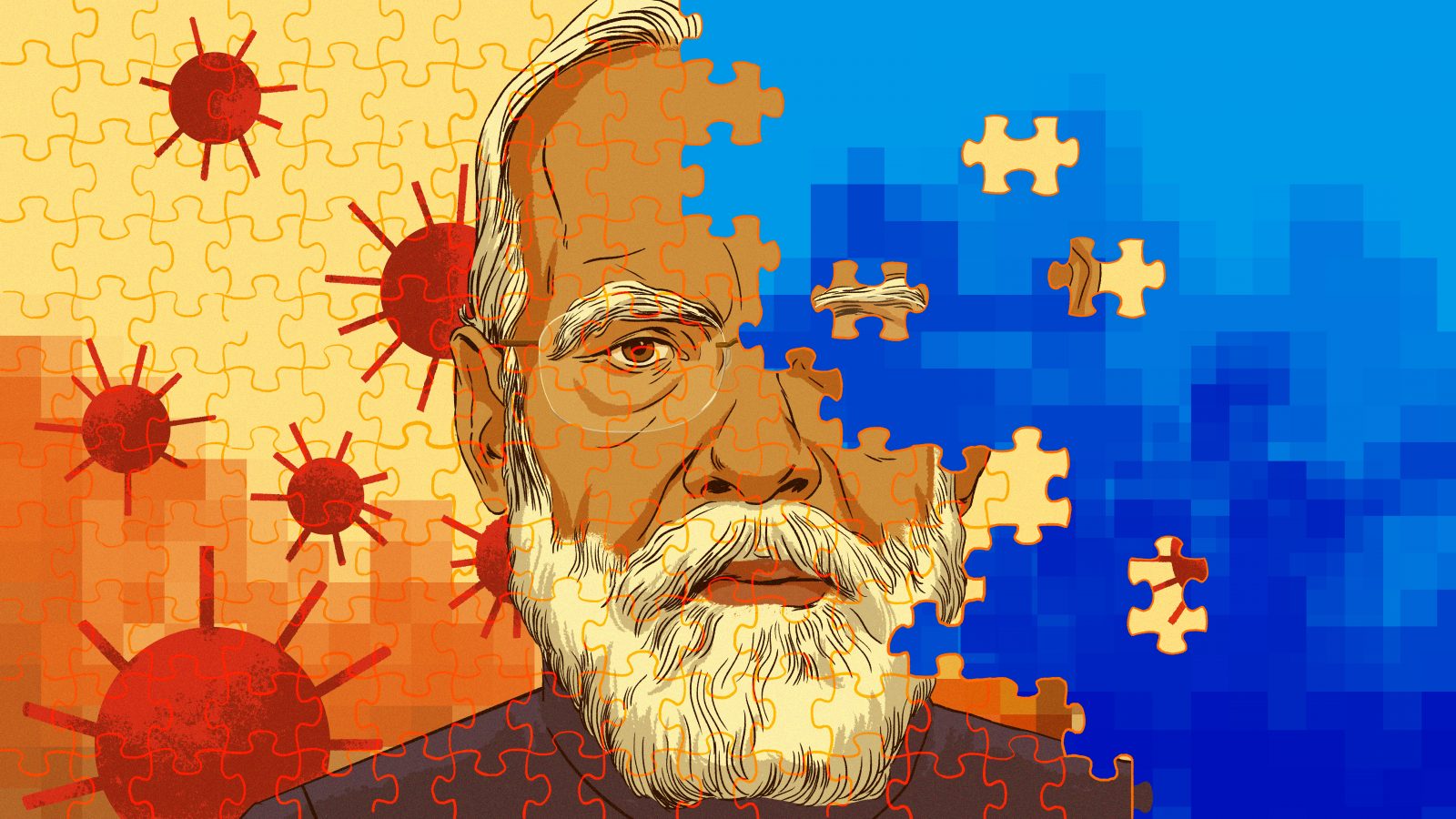


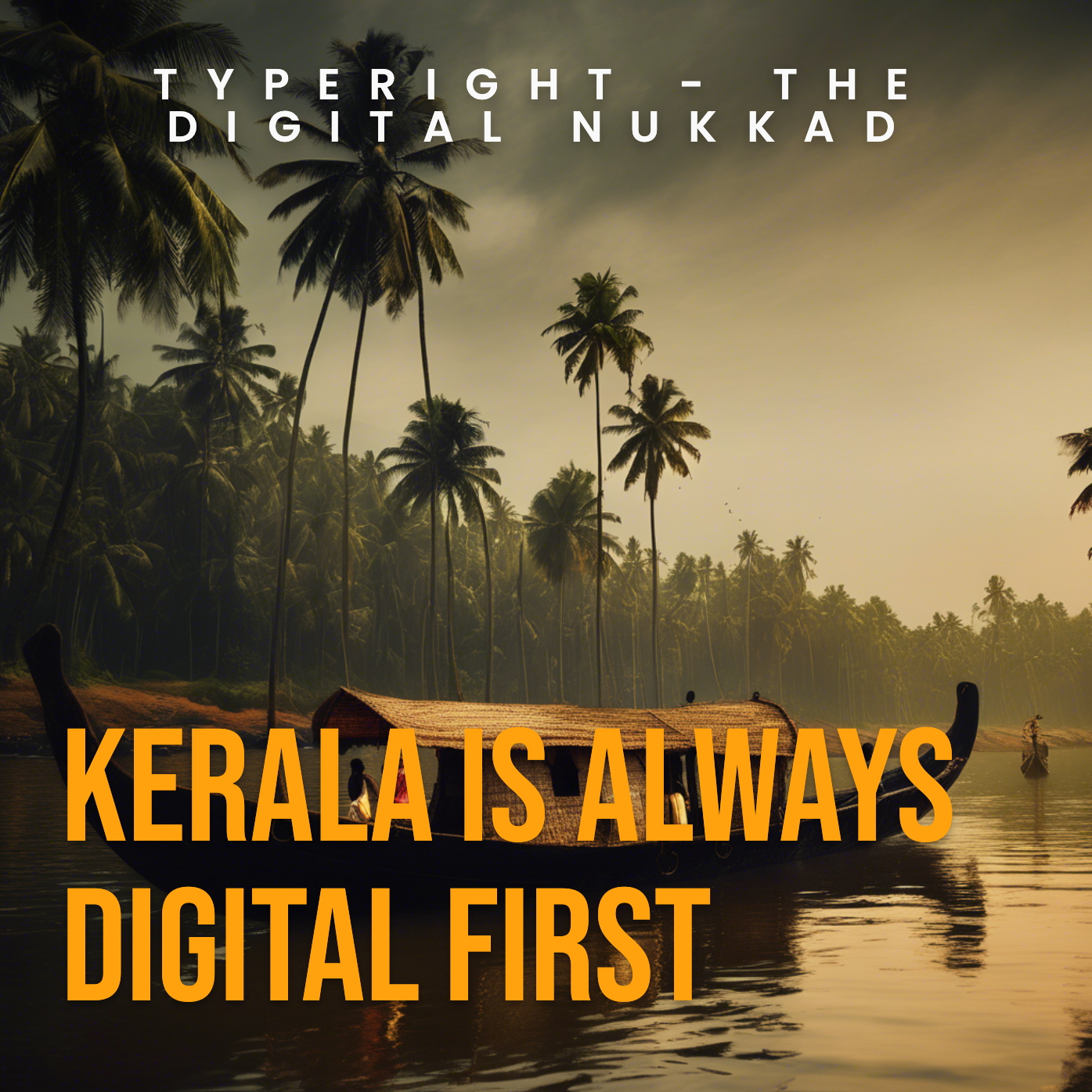
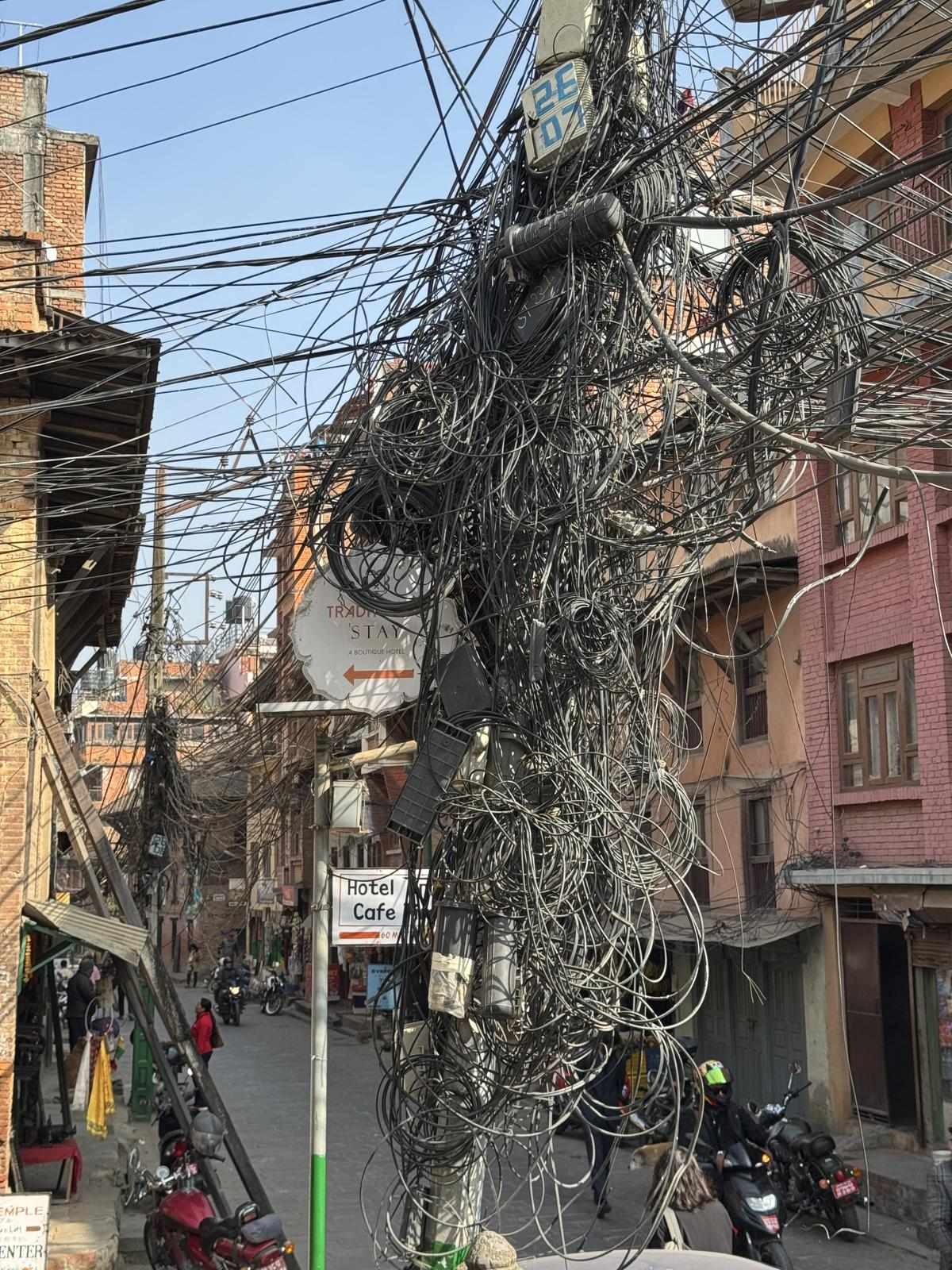
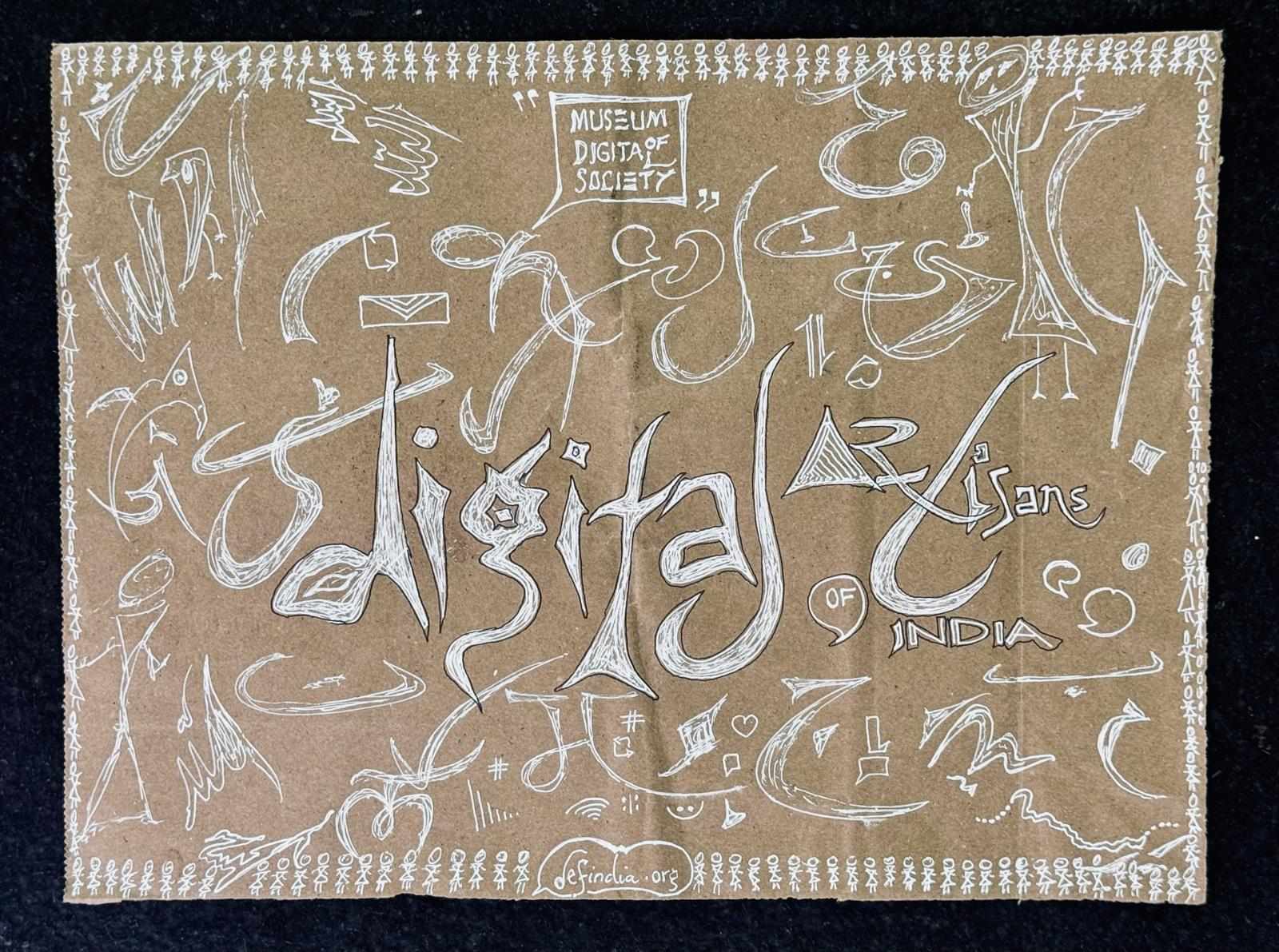
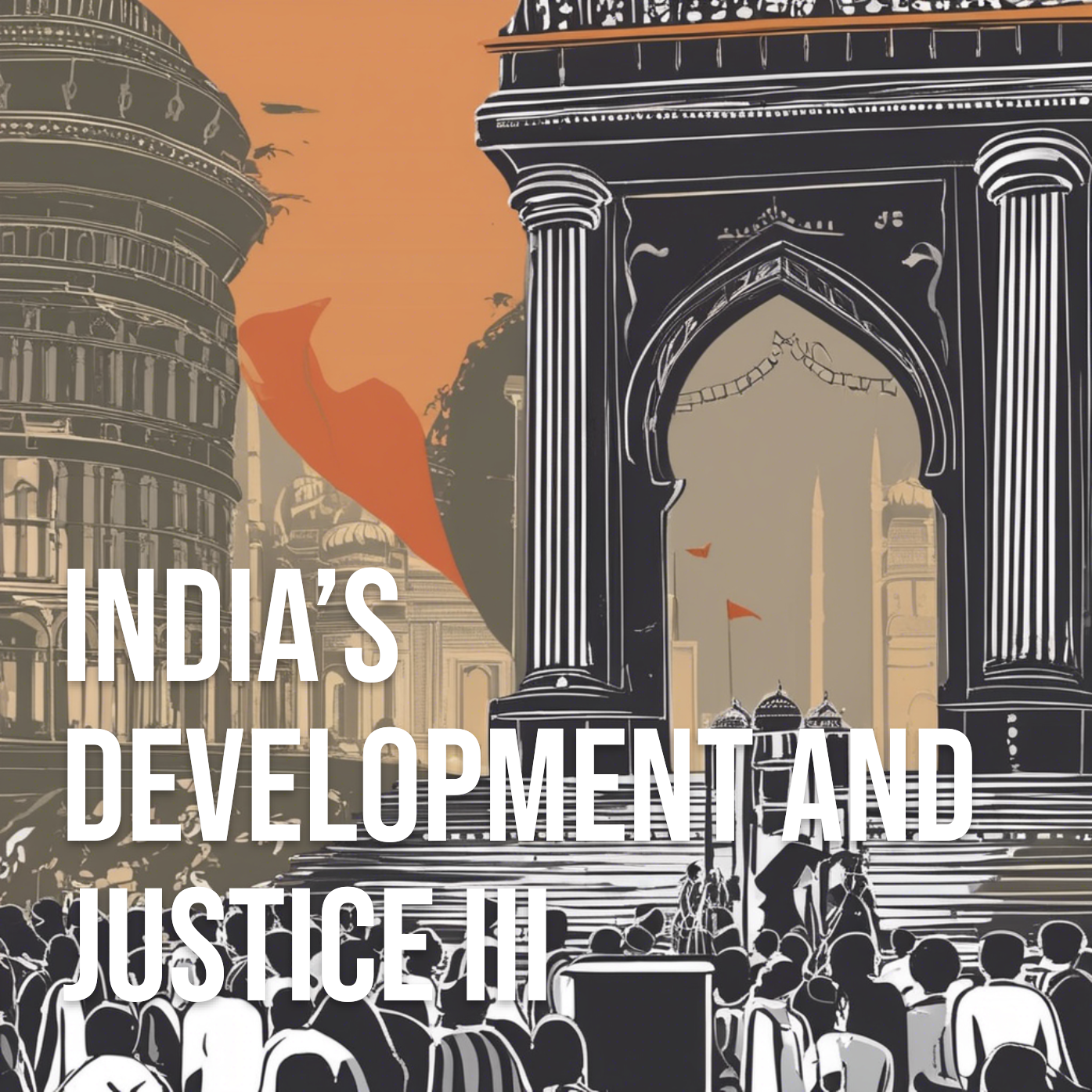
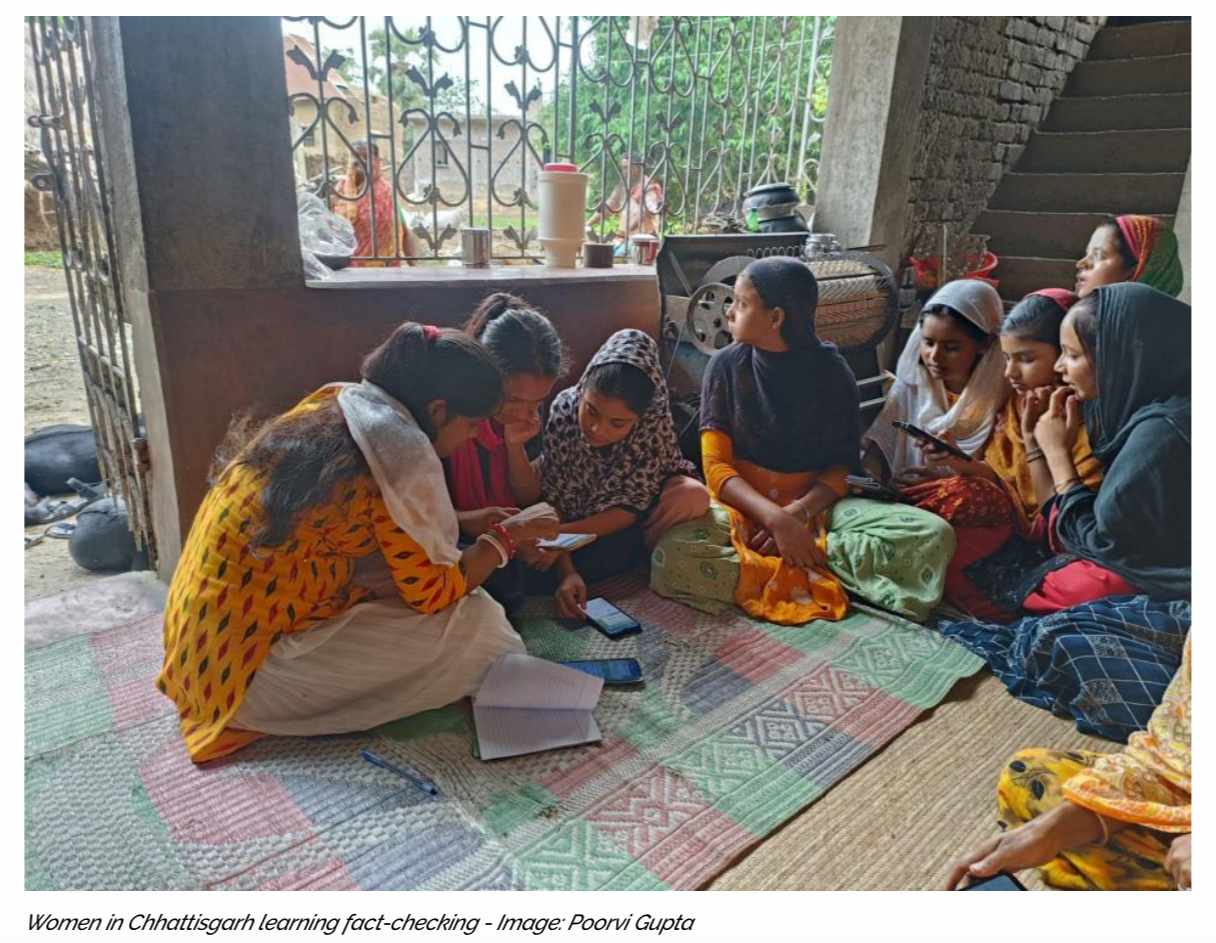


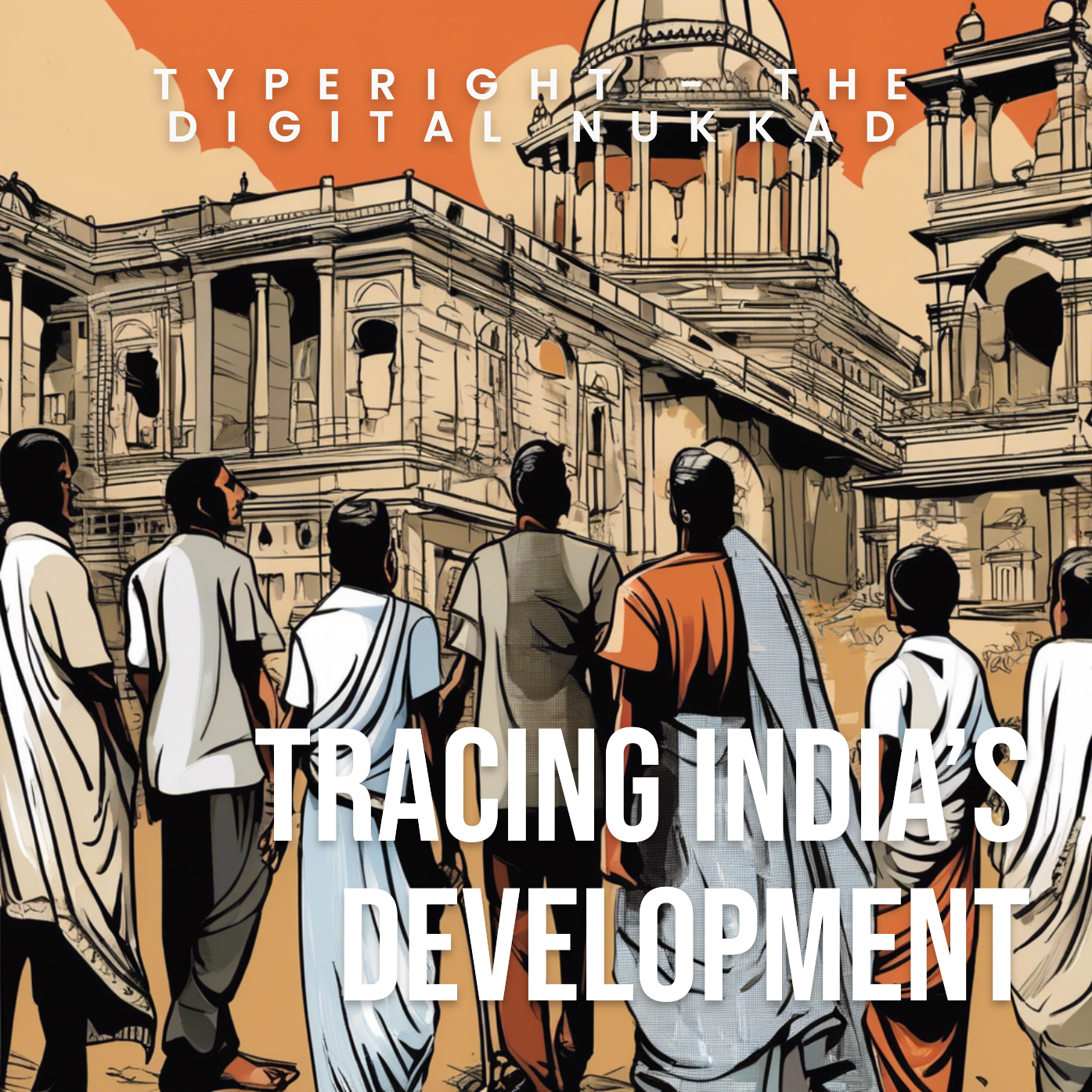









 might be?](https://sk0.blr1.cdn.digitaloceanspaces.com/sites/1394/posts/714526/dbc8de4c-5c50-411f-aba0-55cfb74a692d.jpeg)

Write a comment ...